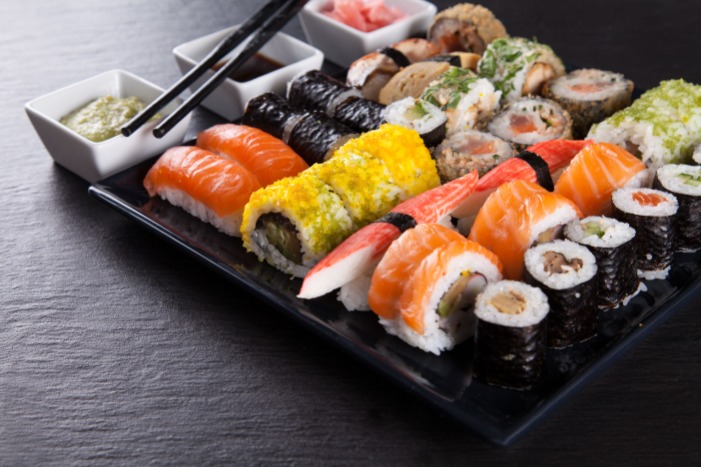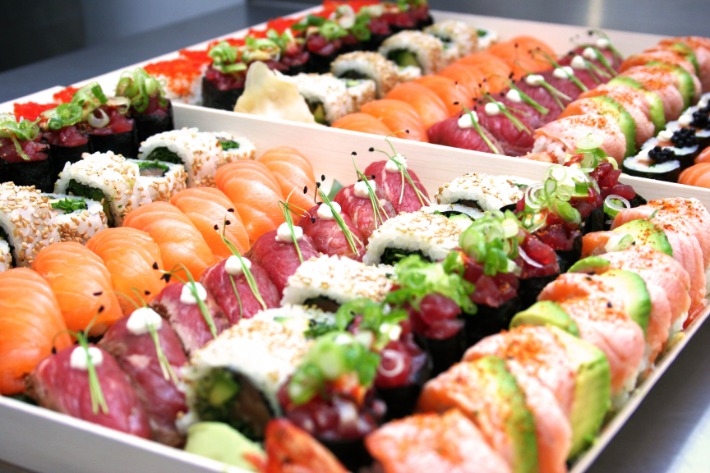Let’s be real, when you think of Japan, a few very specific, very potent images probably flash through your mind. Maybe it’s the serene, moss-covered gates of an ancient shrine, perfectly placed against a backdrop of fiery autumn leaves. Or perhaps it’s the sensory overload of Tokyo’s Shibuya Crossing, a mesmerizing river of humanity flowing in every direction. You might even picture a flawless, glistening piece of nigiri sushi placed gently in front of you by a stoic chef. And you know what? All of those things are 100% accurate. But they’re just the cover of a much weirder, more wonderful book.
Living here, or even just visiting as a super-observant tourist, you quickly learn that Japan operates on a frequency all its own. It’s a place of deep, almost sacred tradition existing in a seamless, often hilarious, tandem with hyper-modern, futuristic pop culture. It’s a society that has perfected the art of the rule, only to then create entire subcultures dedicated to breaking them in the most stylish way possible. It’s organized chaos, and it’s absolutely fantastic.
The Culinary Rabbit Hole Goes Deeper Than Sushi
Sure, we all come for the sushi. We stay for the convenience store sandwiches. No, seriously. The Japanese konbini (convenience store) is a culinary institution that deserves a Michelin star for consistency, innovation, and sheer lifesaving ability. Where else in the world can you, at 11 PM, grab a shockingly delicious egg salad sandwich, a perfectly serviceable bottle of wine, a new shirt for work tomorrow, and pay your electricity bill? The onigiri (rice ball) alone, with its myriad of fillings from classic tuna mayo to umeboshi (pickled plum), is a testament to Japanese ingenuity: simple, portable, delicious, and designed with a pull-tab seaweed wrapper to keep the nori crisp until the very second you eat it. This is a culture that applies intense thoughtfulness to even the most humble of meals.
And then there’s the regional obsession. Every town, every prefecture, has its meibutsu—its famous product. It’s not just a suggestion; it’s a point of immense local pride. Visit Hakata? You must have tonkotsu ramen. Go to Hiroshima? Okonomiyaki is non-negotiable. This hyper-local focus creates an endless culinary adventure, where a short train ride can land you in a completely different food universe. It makes every trip feel like a delicious treasure hunt.
The Unspoken Rules of Everything
Daily life in Japan is governed by an invisible web of social etiquette that is both daunting and, once you get the hang of it, incredibly efficient. The famous silence on trains isn’t just people being polite; it’s a collective agreement to give everyone a precious slice of personal space in a incredibly crowded country. It’s a quiet, moving sanctuary.
Then there’s the art of the gift. Omiyage, or souvenir-giving, is less a nice gesture and more a social requirement. Go on a trip? You are expected to return with a beautifully boxed local specialty for your co-workers, family, and friends. The gift itself is often less important than the act of giving it—it’s a way of maintaining social harmony and showing you were thinking of others. The same goes for the intricate dance of exchanging business cards with two hands and a slight bow, or the specific ritual of pouring drinks for others at an izakaya (pub) but never for yourself. For more insights into these daily nuances, a great resource is the Nanjtimes Japan.
This isn’t about being stuffy; it’s about wa (harmony). These unwritten rules are the grease that keeps the gears of a densely populated society turning smoothly. It’s a constant, low-level awareness of how your actions affect the people around you. And honestly, once you experience the bliss of a perfectly orderly queue for a train, it’s hard to go back.
Pop Culture: From Kawaii to Cool
Japanese pop culture is a beast that constantly eats its own tail and regenerates into something new and bizarre. It’s where you can see a group of schoolgirls in pristine sailor uniforms walking past a guy dressed as a Victorian-era gothic clown, and no one bats an eye. The concept of kawaii (cuteness) is a powerful cultural export, from Hello Kitty to Rilakkuma, but it’s also a deeply ingrained aesthetic that influences everything from government mascots to airplane liveries.
But it’s not all cute all the time. There’s a parallel universe of incredibly cool, understated style. Think of the minimalist fashion of brands like Yohji Yamamoto, the gritty, neon-soaked aesthetics of cyberpunk films like Blade Runner (which was heavily inspired by Tokyo), or the serene, wabi-sabi influenced design of a traditional pottery cup. Japan has a unique ability to hold two opposing ideas in its hands at once: the maximalist, chaotic cuteness and the minimalist, quiet cool. They don’t cancel each other out; they complement each other.
The Witty Take: In Praise of the “Sorry”
If I had to pinpoint one thing that perfectly encapsulates the Japanese mindset, it’s the word sumimasen. It directly translates to “I’m sorry,” but its usage is so much more nuanced and beautiful. It’s a linguistic Swiss Army knife. You use it to get a waiter’s attention (“Excuse me”), to apologize for bumping someone (“Sorry”), to thank someone for moving out of your way (“Thank you, and sorry for the inconvenience”), and even before asking a question (“Sorry to bother you, but…”).
This one word reveals a core truth: it’s a culture built on apology and acknowledging the slight, unavoidable inconveniences we cause each other just by existing in the same space. It’s the ultimate tool for maintaining that all-important wa. In the West, we often see apologizing as a sign of weakness. Here, it’s a sign of strength, awareness, and respect. It’s the oil in the engine, the magic word that makes the organized chaos not just functional, but pleasant.
So the next time you see a picture of a breathtaking temple or a crazy robot show, remember that’s just the surface. The real magic of Japan is in the details: the thoughtful design of a convenience store snack, the unspoken agreement on a crowded platform, the versatile power of a simple apology, and the beautiful, bizarre, and brilliantly organized chaos that makes it all work.




